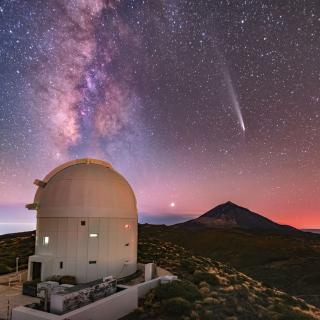For more than six decades, the quest to understand the formation of hot (about 20,000−30,000 K) extreme horizontal branch (EHB) stars in Galactic globular clusters has remained one of the most elusive in stellar evolutionary theory. Here we report on two discoveries that challenge the idea of the stable luminosity of EHB stars. The first mode of EHB variability is periodic and cannot be ascribed to either binary evolution or pulsation. Instead, we attribute it here to the presence of magnetic spots: superficial chemical inhomogeneities whose projected rotation induces the variability. The second mode of EHB variability is aperiodic and manifests itself on timescales of years. In two cases, six-year-long light curves display superflare events that are several million times more energetic than solar analogues. We advocate a scenario in which the two EHB variability phenomena are different manifestations of diffuse, dynamo-generated, weak magnetic fields. Magnetism is therefore a key player driving the formation and evolution of EHB clusters stars and, likewise, operating in the Galactic field counterparts. Our conclusions bridge similar variability/magnetism phenomena in all radiative-enveloped hot-stars: young main-sequence stars, old EHBs and defunct white dwarfs.
Artist's impression of a hot star plagued by a giant magnetic spot (Credit: ESO/L. Calçada, INAF-Padua/S. Zaggia).
Advertised on
Authors
Y. Momany et al.
References



